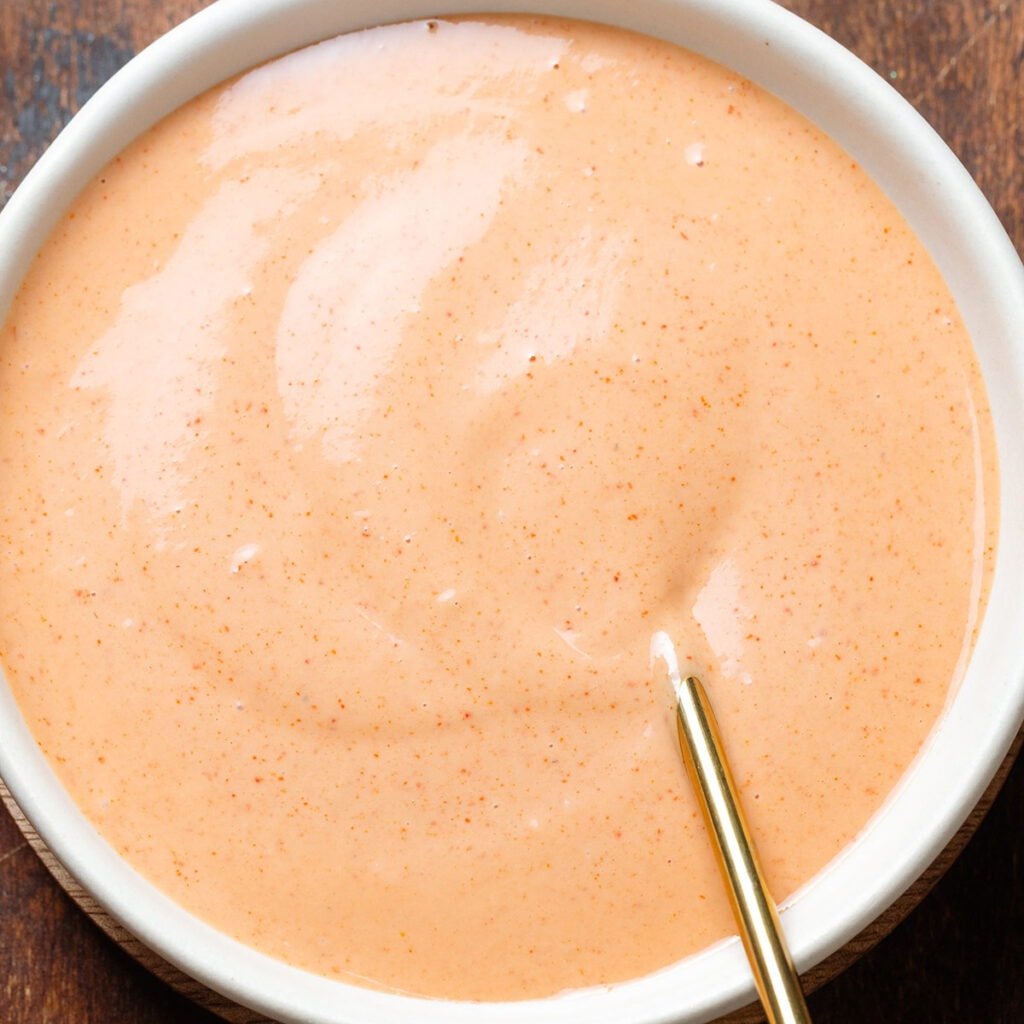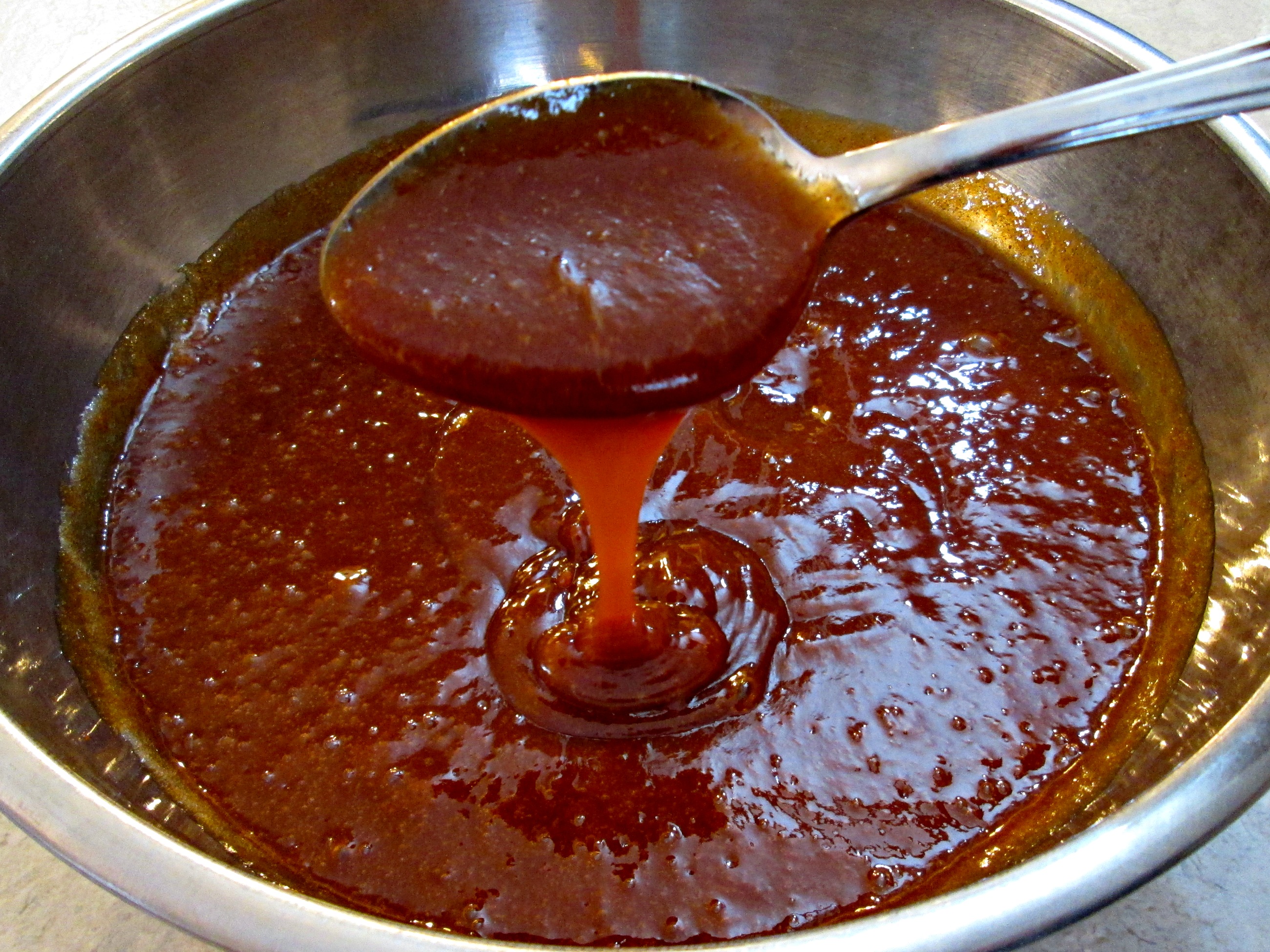Prepare to tantalize your taste buds as we delve into the captivating world of house sauce recipes. From classic marinara to zesty chimichurri, these sauces possess the power to transform ordinary dishes into extraordinary culinary experiences.
Whether you’re a seasoned chef or a kitchen novice, this comprehensive guide will equip you with the knowledge and techniques to create mouthwatering house sauces that will leave your family and friends begging for more.
House Sauce Ingredients

House sauce is a versatile condiment that can be used to add flavor to a variety of dishes. It is typically made with a combination of tomatoes, onions, garlic, and spices. The exact ingredients and proportions can vary depending on the recipe, but the following are some of the most common ingredients used in house sauce recipes:
The following table provides a more detailed breakdown of the ingredients commonly used in house sauce recipes, along with their purpose and function:
| Ingredient | Purpose | Function | Example |
|---|---|---|---|
| Tomatoes | Base | Provides the liquid and acidity | Crushed tomatoes, diced tomatoes, tomato paste |
| Onions | Flavor | Adds sweetness and depth of flavor | Yellow onions, white onions, red onions |
| Garlic | Flavor | Adds a savory and aromatic flavor | Fresh garlic, garlic powder, garlic salt |
| Spices | Flavor | Adds complexity and depth of flavor | Oregano, basil, thyme, rosemary |
House Sauce Variations

House sauce is a versatile condiment that can be used on a variety of dishes. There are many different variations of house sauce recipes, each with its own unique flavor and characteristics.
- Classic House Sauce: This is the most basic type of house sauce, and it is made with a combination of ketchup, mayonnaise, mustard, and relish. It has a sweet and tangy flavor, and it is perfect for dipping fries, onion rings, or chicken fingers.
- Spicy House Sauce: This variation of house sauce is made with the addition of hot sauce or cayenne pepper. It has a spicy kick, and it is perfect for those who like their food with a little bit of heat.
- Garlic House Sauce: This variation of house sauce is made with the addition of garlic powder or minced garlic. It has a garlicky flavor, and it is perfect for dipping pizza, breadsticks, or mozzarella sticks.
- Ranch House Sauce: This variation of house sauce is made with the addition of buttermilk, sour cream, and herbs. It has a creamy, tangy flavor, and it is perfect for dipping vegetables, chicken, or fish.
- Honey Mustard House Sauce: This variation of house sauce is made with the addition of honey and mustard. It has a sweet and tangy flavor, and it is perfect for dipping chicken tenders, pretzels, or fruit.
House Sauce Preparation Methods

House sauce preparation is a culinary art that requires precision and attention to detail. The process involves several steps, each of which contributes to the unique flavor and consistency of the sauce. Here’s a step-by-step guide to help you master the art of making house sauce:
Ingredients Preparation
Before you begin cooking, it’s crucial to gather and prepare all the necessary ingredients. This includes chopping vegetables, measuring spices, and preparing any liquids or stocks. Proper ingredient preparation ensures that all the components are ready to be combined seamlessly during the cooking process.
Sautéing Aromatics
The first step in making house sauce is to sauté the aromatic vegetables, such as onions, garlic, and celery, in a saucepan or sauté pan. Sautéing brings out the natural sweetness of the vegetables and helps build a flavorful base for the sauce. Cook the aromatics over medium heat until they become translucent and fragrant.
Adding Liquids and Spices
Once the aromatics are sautéed, add the liquids and spices to the saucepan. The liquids can include tomato sauce, chicken broth, or a combination of both. Bring the mixture to a boil, then reduce heat and simmer for 15-20 minutes, or until the sauce has thickened to your desired consistency. Season the sauce with salt, pepper, and any other desired spices.
Blending and Straining
For a smoother sauce, you can blend it using an immersion blender or a regular blender. If you prefer a chunkier sauce, you can skip this step. After blending, strain the sauce through a fine-mesh sieve to remove any lumps or impurities.
Finishing Touches
The final step in preparing house sauce is to add any finishing touches. This could include adding fresh herbs, such as basil or oregano, or a touch of acidity, such as lemon juice or white wine vinegar. You can also adjust the seasoning to your taste preferences.
Flowchart of House Sauce Preparation Process
[Insert flowchart or diagram illustrating the preparation process here]
House Sauce Applications: House Sauce Recipe

House sauce, a versatile condiment, finds applications in various culinary creations, elevating flavors and adding depth to dishes. Its distinct taste profile complements a wide range of cuisines, from classic American fare to international delights.
Enhancing Culinary Delights
House sauce acts as a flavor enhancer, adding a burst of tangy, savory, or spicy notes to various dishes. It can transform simple ingredients into delectable meals, providing a unique and memorable dining experience.
Table: House Sauce Applications
| Dish | Application | Flavor Profile |
|—|—|—|
| Burgers | Spread on patties, adds juiciness and tang | Rich, savory, slightly tangy |
| Fries | Drizzled on top, enhances crispiness and adds a salty kick | Savory, crispy, with a hint of spice |
| Tacos | Used as a marinade or topping, infuses meat with flavor and adds a zesty kick | Spicy, smoky, with a hint of sweetness |
| Pizza | Spread on crust, creates a flavorful base for toppings | Tangy, savory, with a hint of herbs |
| Chicken Wings | Tossed in sauce before grilling, adds a crispy, flavorful coating | Spicy, tangy, with a touch of smokiness |
House Sauce Preservation

Preserving house sauce ensures its longevity and prevents spoilage. Various techniques can extend its shelf life.
Factors Affecting Shelf Life, House sauce recipe
- Acidity: Low pH levels inhibit bacterial growth.
- Oxygen Exposure: Oxidation can degrade flavors and nutrients.
- Temperature: High temperatures promote microbial growth.
Preservation Methods
| Preservation Method | Storage Conditions | Shelf Life |
|---|---|---|
| Refrigeration | 35-40°F | 5-7 days |
| Freezing | 0°F or below | 3-6 months |
| Canning | Pressure canner at 11 pounds per square inch | 1-2 years |
House Sauce Troubleshooting

When making house sauce, it’s common to encounter a few problems. Here are some of the most common issues and how to resolve them:
Common Problems and Solutions
- Problem: The sauce is too thin.
Solution: Add more cornstarch or flour to thicken the sauce. You can also simmer the sauce for a longer period of time to reduce the liquid content. - Problem: The sauce is too thick.
Solution: Add more liquid to the sauce, such as water, broth, or wine. You can also strain the sauce to remove any lumps. - Problem: The sauce is too salty.
Solution: Taste the sauce before adding any additional salt. You can also add a pinch of sugar to balance out the flavor. - Problem: The sauce is too bland.
Solution: Add more herbs, spices, or other flavorings to the sauce. You can also sauté the vegetables in the sauce for a longer period of time to develop more flavor. - Problem: The sauce is separating.
Solution: Use a whisk or immersion blender to emulsify the sauce. You can also add a small amount of butter or cream to help bind the sauce together.
House Sauce Inspiration

Unleash your culinary creativity by incorporating house sauce into a myriad of dishes. Its versatility allows you to elevate the flavors of classic favorites and craft innovative culinary masterpieces.
Think beyond the ordinary and experiment with house sauce as a marinade for grilled meats, a flavorful glaze for roasted vegetables, or a tantalizing dip for appetizers.
Hey guys! I’m sharing my tried-and-true house sauce recipe that’s perfect for any occasion. Whether you’re canning a batch of homemade jalapeno hot sauce or whipping up a quick dipping sauce for your favorite snacks, this recipe is sure to please.
So, grab your apron and let’s get cooking!
Culinary Creations
Here are some inspiring ideas to get you started:
- Grilled House Sauce Chicken: Marinate chicken breasts in house sauce for a juicy and flavorful grilling experience.
- Roasted House Sauce Carrots: Toss carrot sticks in house sauce and roast them for a sweet and savory side dish.
- House Sauce Veggie Spring Rolls: Fill spring roll wrappers with your favorite vegetables and drizzle with house sauce for a crispy and flavorful appetizer.
Visual Inspiration
Explore a gallery of images or a Pinterest board showcasing these tantalizing dishes and many more.
Ultimate Conclusion
/gravy-in-a-glass-pitcher--ladle-76943870-5a70b99d0e23d900369ae8ed.jpg)
As you embark on your culinary journey, remember that the true magic of house sauce lies in its versatility. Experiment with different ingredients, flavors, and applications to discover the endless possibilities that await you in the realm of homemade sauces.
Questions and Answers
What are the key ingredients commonly used in house sauce recipes?
Tomatoes, onions, garlic, herbs, spices, and olive oil are essential ingredients that form the foundation of many house sauce recipes.
How can I customize my house sauce to suit my taste preferences?
Adjust the proportions of ingredients to achieve your desired balance of flavors. Experiment with different herbs, spices, and even fruits to create unique and personalized sauces.
What are some creative ways to use house sauce?
Beyond traditional pasta dishes, house sauce can be used as a marinade for grilled meats, a dipping sauce for appetizers, or even as a flavorful base for soups and stews.


